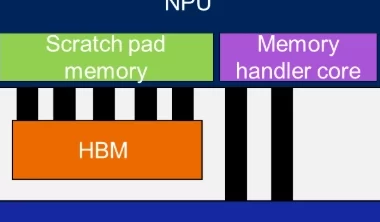What is Tailwind and Why Tailwind?
Tailwind CSS is a utility-first CSS framework that provides low-level utility classes to build custom designs without writing CSS from scratch. Unlike traditional CSS frameworks like Bootstrap or Foundation, which provide predefined components, Tailwind gives you complete control over your design by offering utility classes for almost every CSS property. This approach can significantly speed up the development process and make the codebase more maintainable.
Using Tailwind CSS, you can apply styles directly in your HTML, which can help you keep your CSS file size small and your website fast. Tailwind is highly customizable, allowing you to create unique designs by tweaking its configuration file. Furthermore, it has excellent documentation, a large community, and regular updates, making it a reliable choice for modern web development.
Benefits of using Tailwind CSS
-
Utility-first approach: Tailwind provides utility classes for common CSS properties, allowing you to build custom designs quickly and efficiently.
-
Customizable: Tailwind’s configuration file lets you customize the utility classes to match your design system and branding.
-
Fast development: By applying styles directly in your HTML, you can speed up the development process and reduce the amount of CSS code you need to write.
-
Consistent design: Tailwind’s utility classes help maintain a consistent design across your website by following a predefined set of styles.
-
Responsive design: Tailwind includes responsive utility classes that make it easy to create responsive layouts for different screen sizes.
-
Large community: Tailwind has a large community of developers who share tips, tricks, and resources to help you get started and solve common problems.
The Box Model in CSS
Before diving into Tailwind’s padding, margin, and border utilities, let’s briefly review the box model in CSS. The box model is a fundamental concept in CSS that describes how the elements on a web page are structured and displayed. The box model consists of four main components:
-
Content: The innermost part where text and images appear.
-
Padding: The space between the content and the border.
-
Border: The line surrounding the padding and content.
-
Margin: The outermost space that separates the element from other elements.
Understanding these components is crucial for creating well-structured layouts and designs in CSS.
Here is a visual representation of the box model:
What is Tailwind Padding?
Padding is the space between an element’s content and its border. It helps to create breathing room inside an element, making the content more readable and visually appealing.
Tailwind Padding Classes
Tailwind CSS provides a variety of padding utility classes to add padding to an element. These classes are prefixed with p- followed by the size you want to apply. Here are some examples:
class="p-4">Padding 4 






